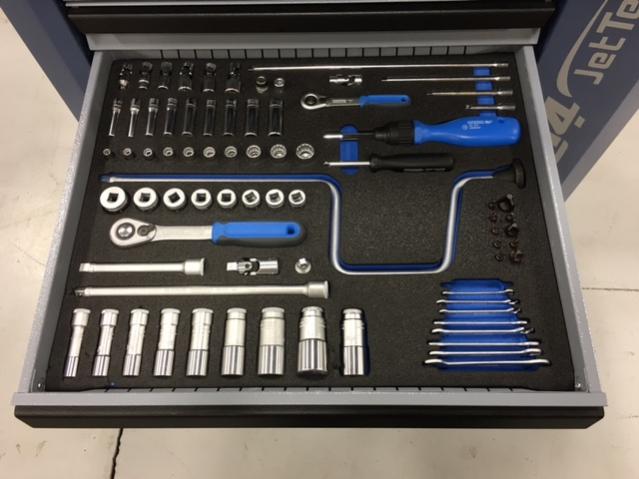For example -http://www.foamfittools.com/toolfoaminstructions.php
Anyone here with DIY experience on these ? I suppose I mostly wonder how sharp the resulting routed edges are, would HSS cutter be better than carbide and how much mess is there from dust standpoint during the process ?
The Gedore (German) tool sets that fit in foam that is the perfect size for their cart drawers I was told were cut via laser but I don't see how a laser could cut much beyond the shape of the tool (the two colors of foam are not layered afterwards....the cut is into the blue or red layer as well ) In reality they might be done via CNC router... but I don't know really.
Examples ... http://www.practicalmachinist.com/v...edore-heard-them-pix-319131/?highlight=gedore

Anyone here with DIY experience on these ? I suppose I mostly wonder how sharp the resulting routed edges are, would HSS cutter be better than carbide and how much mess is there from dust standpoint during the process ?
The Gedore (German) tool sets that fit in foam that is the perfect size for their cart drawers I was told were cut via laser but I don't see how a laser could cut much beyond the shape of the tool (the two colors of foam are not layered afterwards....the cut is into the blue or red layer as well ) In reality they might be done via CNC router... but I don't know really.
Examples ... http://www.practicalmachinist.com/v...edore-heard-them-pix-319131/?highlight=gedore


